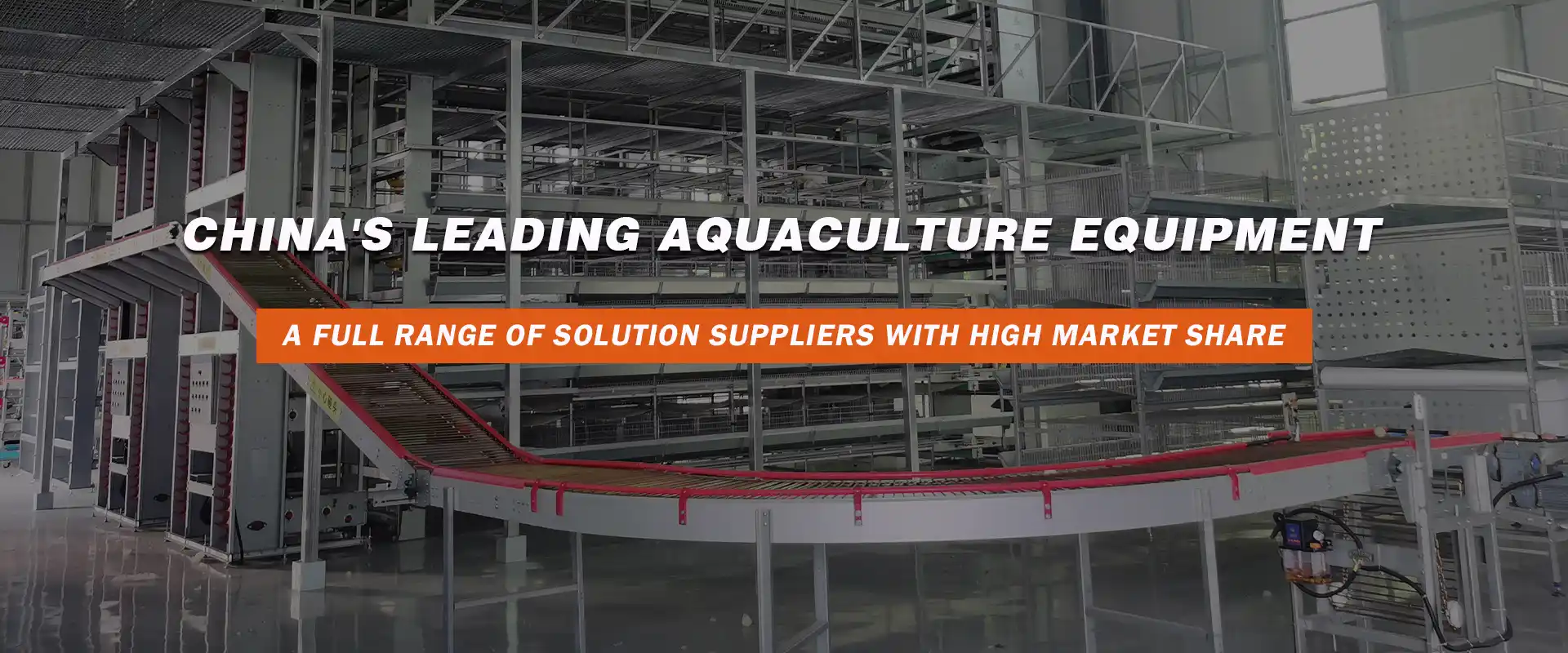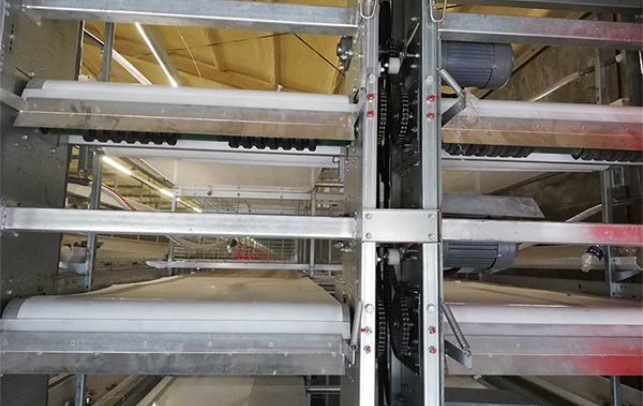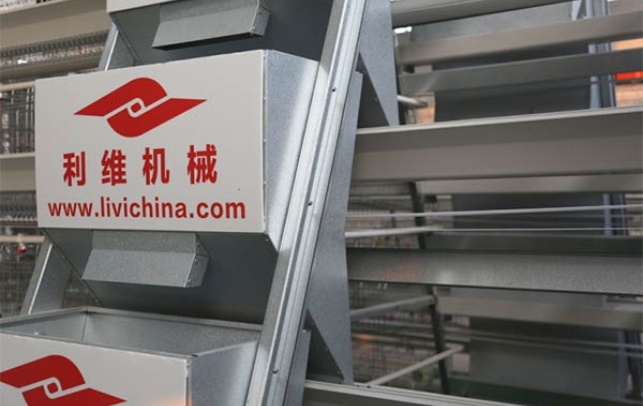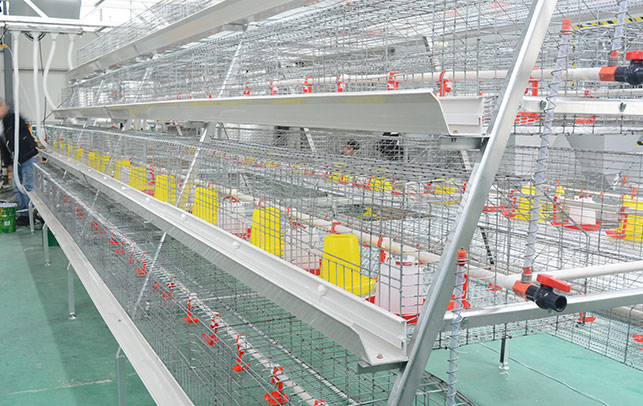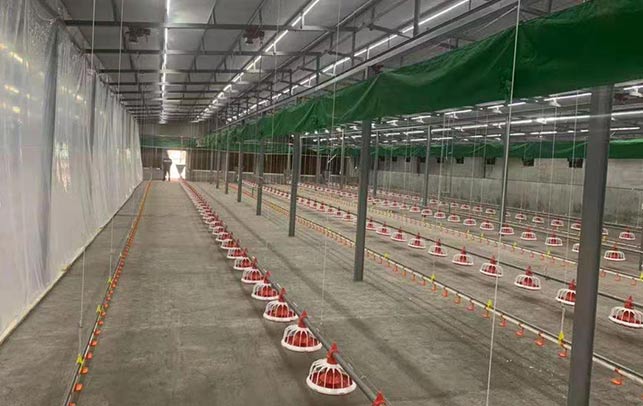10000 Layer Poultry Farm Investment Analysis
Time : 2025-03-26
Investing in a poultry farm can be a lucrative venture, especially when considering a large-scale operation such as a 10,000-layer poultry farm. This article provides a comprehensive investment analysis, covering various aspects that potential investors should consider before diving into this business. We will explore the initial investment costs, operational expenses, market demand, and potential returns on investment.
Introduction to 10,000 Layer Poultry Farming
A 10,000-layer poultry farm is a significant undertaking that requires careful planning and substantial capital. This type of farm is designed to house and manage a large number of laying hens, with the primary goal of producing a high volume of eggs. The scale of such a farm necessitates efficient management, advanced technology, and a thorough understanding of the poultry industry.
Initial Investment Costs
The initial investment for a 10,000-layer poultry farm can be quite substantial. It includes the cost of land, construction of the farm buildings, purchase of the hens, feed, equipment, and other startup expenses. Here’s a breakdown of the key components:
- Land and Construction: The cost of land will vary depending on location, but it is a significant expense. Construction costs include the building of the hen houses, laying nests, feed storage, and other necessary infrastructure.
- Hen Purchase: The number of hens required for a 10,000-layer farm is approximately 10,000. The cost per hen can vary, but it typically ranges from $2 to $5, depending on the breed and age.
- Feed: Feeding is a major expense in poultry farming. The cost of feed will depend on the quality and type of feed, as well as the number of laying hens. On average, a laying hen consumes about 100 grams of feed per day.
- Equipment: This includes feeders, waterers, lighting systems, ventilation systems, and other necessary equipment for the farm’s operation.
- Other Expenses: This category includes insurance, labor, veterinary care, and other administrative costs.
Overall, the initial investment for a 10,000-layer poultry farm can range from $200,000 to $500,000, depending on the scale and location of the farm.
Operational Expenses
Once the farm is operational, there are ongoing expenses that need to be considered. These include:
- Feed Costs: As mentioned earlier, feed is a significant expense. The cost can vary based on market conditions and the quality of feed.
- Energy Costs: Lighting and heating/cooling systems are crucial for maintaining optimal conditions for the hens. Energy costs can be a substantial part of the operational expenses.
- Labor: A 10,000-layer poultry farm will require a dedicated team to manage the day-to-day operations, including feeding, cleaning, and monitoring the health of the hens.
- Veterinary Care: Regular veterinary check-ups and treatments are necessary to maintain the health of the flock.
- Insurance: Insurance is essential to protect against potential losses due to disease, theft, or other unforeseen events.
Operational expenses can vary widely depending on the farm’s location, the scale of the operation, and the efficiency of the management team.
Market Demand and Pricing
The demand for eggs is relatively stable, and a well-managed 10,000-layer poultry farm can produce a significant amount of eggs. The pricing of eggs will depend on market conditions, such as supply and demand, and the quality of the eggs produced. On average, a laying hen can produce about 300 eggs per year, which means a 10,000-layer farm can produce up to 3 million eggs annually.
It is important to conduct market research to understand the pricing dynamics in your target market. Selling eggs directly to retailers, wholesalers, or through a cooperative can provide a stable income source.
Return on Investment
The return on investment (ROI) for a 10,000-layer poultry farm can vary significantly. It depends on several factors, including the initial investment, operational expenses, market demand, and the efficiency of the farm’s management. On average, a well-managed farm can expect to see a ROI of 10-20% over a period of 5-7 years.
However, it is important to note that poultry farming is subject to market volatility and can be affected by factors such as disease outbreaks, feed prices, and weather conditions. Therefore, it is crucial to have a contingency plan and to be prepared for potential challenges.
Conclusion
Investing in a 10,000-layer poultry farm can be a rewarding venture, but it requires careful planning and management. By considering the initial investment costs, operational expenses, market demand, and potential returns, investors can make informed decisions about their investment. It is essential to conduct thorough market research and to have a solid business plan in place to ensure the success of the farm.




